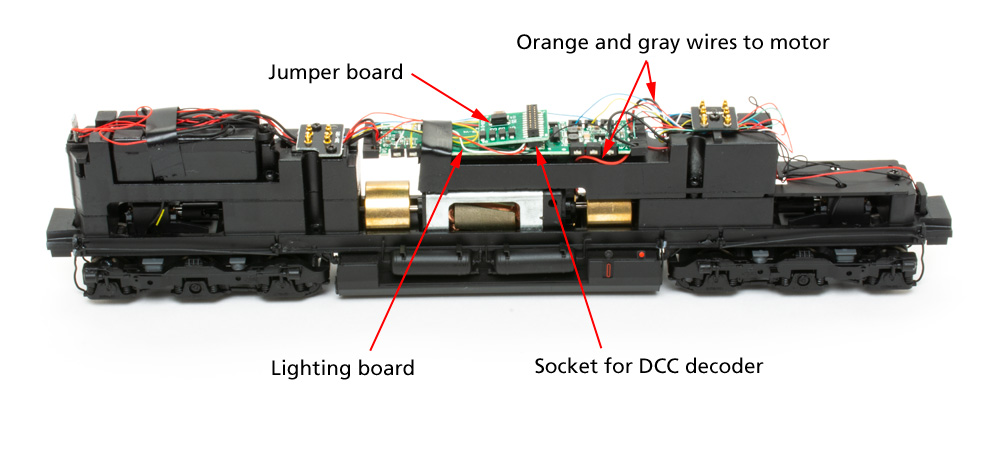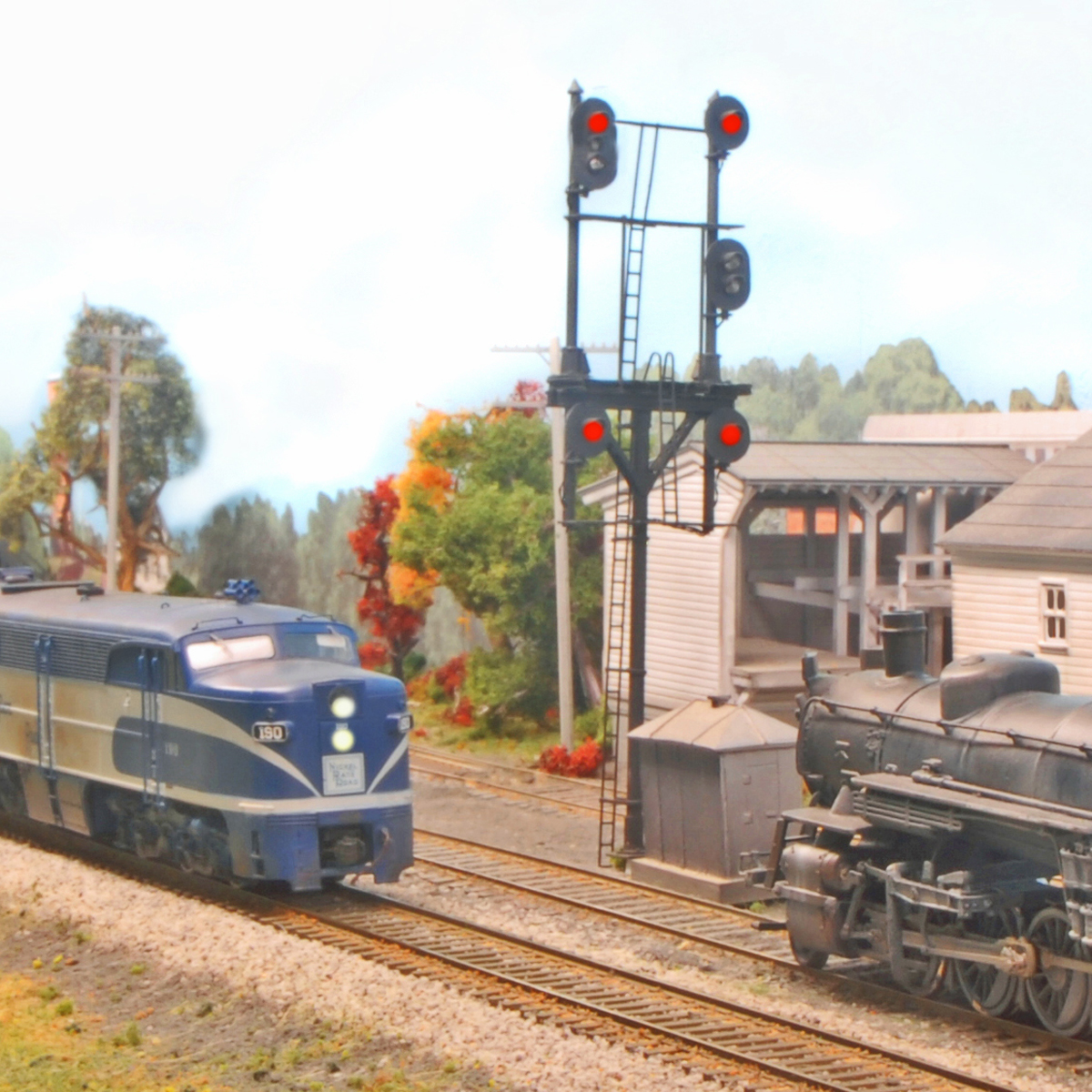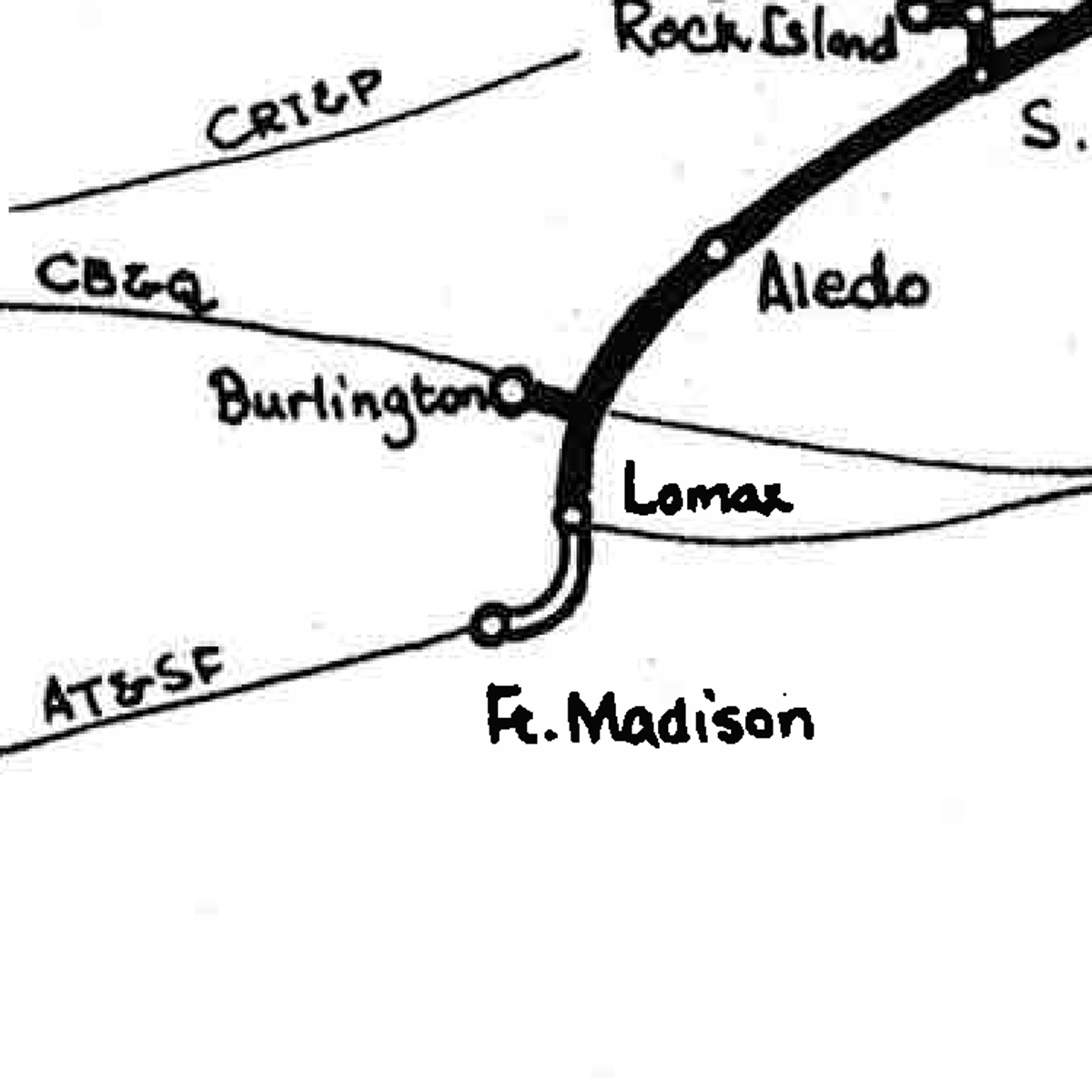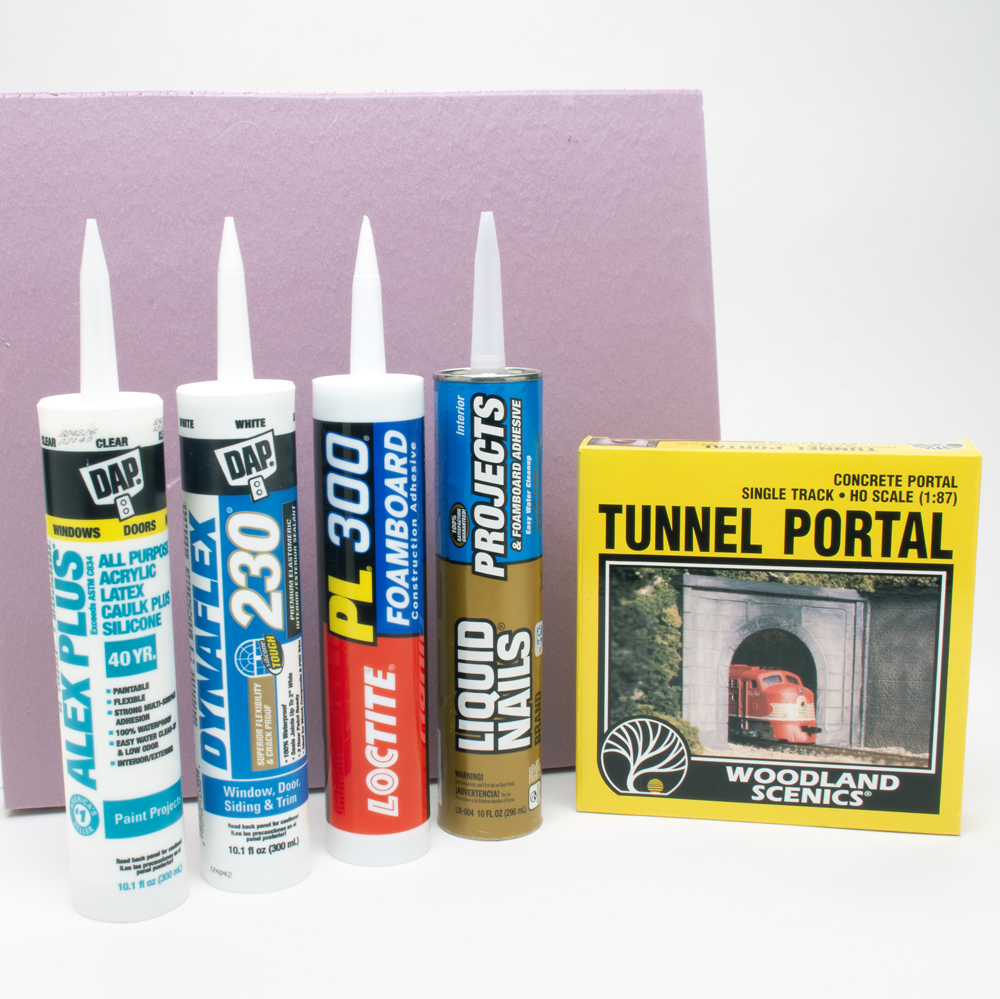
Q: I’ve been given several HO scale locomotives that unfortunately came without boxes or information about whether they were DCC equipped or not. Most are very nice, higher end models, not entry-level. Is there any way to safely find out if each locomotive is DC or DCC without taking off the shells? Even if I do remove the shells, I know some DC models have circuit boards that to a layman like me might look like a DCC decoder. How do I know for sure so I don’t damage them by mistake? – Rusty Hamblin
A: There’s a simple way to tell if a locomotive is DC or DCC. Put it on a track powered with direct current and turn on the power. If the motor starts humming and the locomotive starts moving at a low voltage, it’s likely a DC model. If it takes a fairly high throttle setting before the locomotive starts to move, it’s probably DCC. And if you hear locomotive sound effects, there’s about a 99% chance it’s DCC. (Sound is possible in DC engines, but these days it’s very rare.)
Another way to test a locomotive is to put it on a DCC-powered track and see what happens. The headlight might light up on a DCC locomotive, but it won’t move until you set a throttle to the decoder’s address and turn the knob. If that works, you know it’s DCC. In contrast, a DC locomotive might respond to DCC power with a loud buzzing – or a puff of smoke. So this probably isn’t the best way to test a locomotive unless you already have a pretty good feeling that it’s got DCC.
Now, there are exceptions to both those tests. A very modern DCC engine with a high-efficiency motor but no sound might start rolling at a fairly low voltage, appearing to be a DC engine. An older, poorly maintained DC model might require a lot of voltage to get rolling, as a DCC locomotive would. A model with a DCC decoder that’s locked into DCC-only mode might not roll under DC at all. And if you don’t know the decoder’s address, it won’t respond to any throttle commands, even on DCC. So you might want to double-check your findings by biting the bullet and taking off the locomotive’s shell.
Many direct-current locomotives have built-in printed circuit boards (PCBs) that control the lights. There are a few ways to tell them apart from DCC decoders. First, if there are no wires or other electrical connections to the engine’s motor, it’s a lighting-only board. A decoder will have either orange and gray wires or brass “ears” connecting the board to the motor. There’s an exception to this, as well. If the locomotive is fairly new, its PCB might have a socket to plug a decoder into. If this is the case, the board will have electrical connections to the motor.
Second, lighting-only PCBs tend to look simpler than a DCC decoder. There will be both fewer components on the board and fewer circuit traces. This is also not a foolproof criterion, since a lighting board designed to have a decoder plugged into it can look as complicated as a basic, low-cost decoder.
Next, a lighting board will often be the only PCB under the shell. While there are single-board decoders that replace a lighting board, if you see two boards – stacked and plugged into each other – odds are one of them is a decoder. But yes, you guessed it, there is an exception. A board with a decoder socket will have a jumper board plugged into the socket, but this will be much smaller and simpler than a decoder.
Finally, unless it’s a low-cost generic one, a Digital Command Control decoder may have the manufacturer’s logo on it somewhere. It might be stamped onto the board, or if the decoder is enclosed in a heat-shrink insulated wrapper, printed on that. Such a logo is the definitive sign your locomotive is equipped with a DCC decoder. But just because a board doesn’t have a logo on it doesn’t mean it isn’t a decoder. Clear as mud now?
The most definitive way to test if a locomotive is DC or DCC is to put it onto a DCC programming track and try to perform a factory reset, programming Configuration Variable 8 to the value 8. If it’s a DCC model, this will reset all decoder settings to original settings. It will then respond to throttle commands sent to decoder address 3. Just cross your fingers first that it’s not a DC model so you don’t let the smoke out.
For more on DCC decoder installation, programming, and control, try the books DCC Projects & Applications, Vol. 4 by Larry Puckett or The DCC Guide-Second Edition by Don Fiehmann, both available in the Kalmbach Hobby Store.
Send us your questions
Have a question about modeling, operation, or prototype railroads? Send it to us at AskTrains@Trains.com. Be sure to put “Ask MR” in the subject.














A few seconds on a DCC track will not harm a DC locomotive.
Place the loco on a DCC track with power on. If it immediately starts to buzz it is most likely DC so take it off the track.
If it does nothing, set your DCC throttle to the cab number and see if the loco reacts. If it doesn’t react, try address 3. Other possible options would be the last, last two or last three digits of the cab number. If none of these addresses work, then reset the decoder (CV8 to 8) and try again. It should respond on address 3.
If it still does not respond the decoder may be defective.